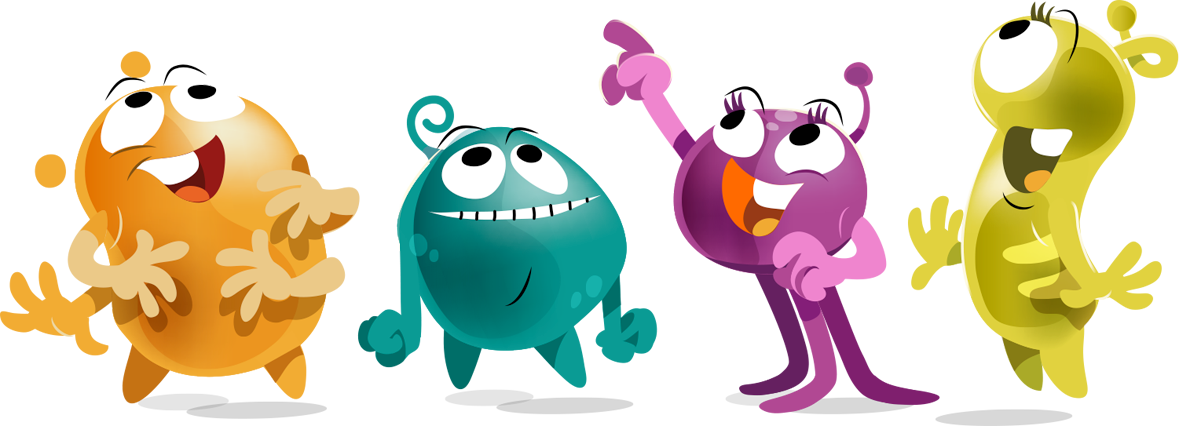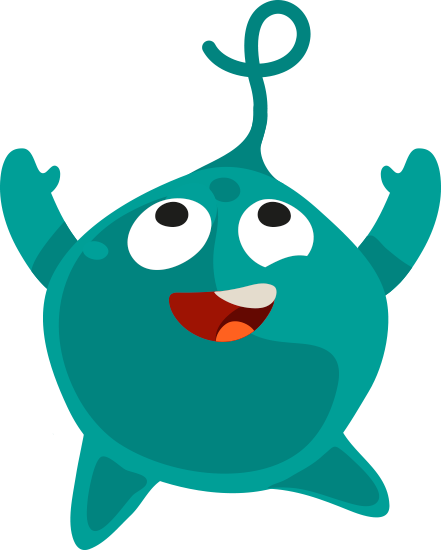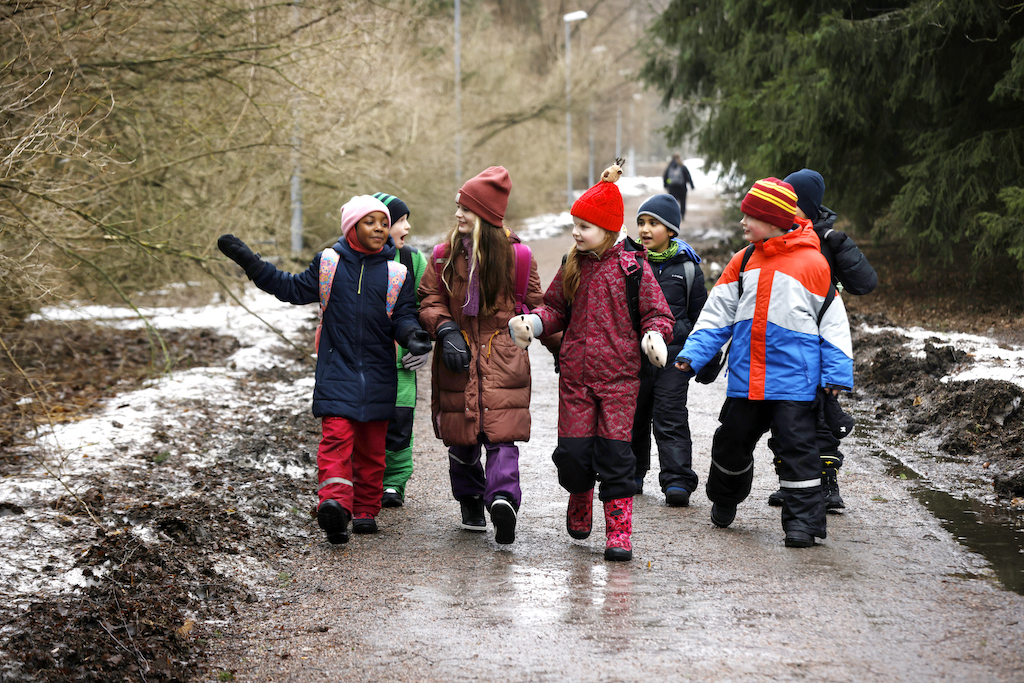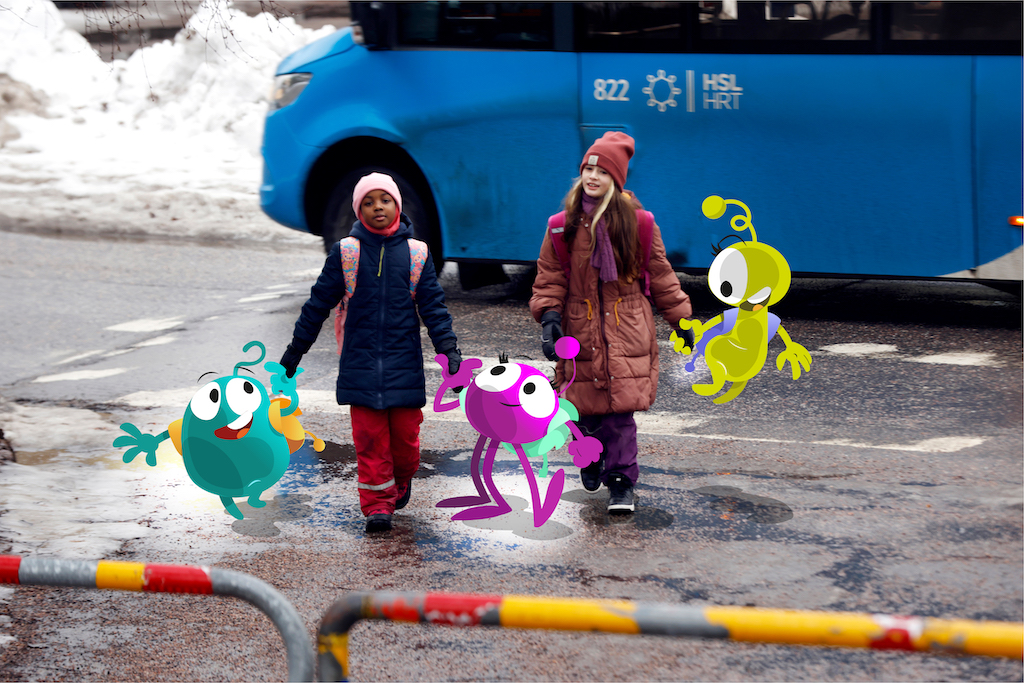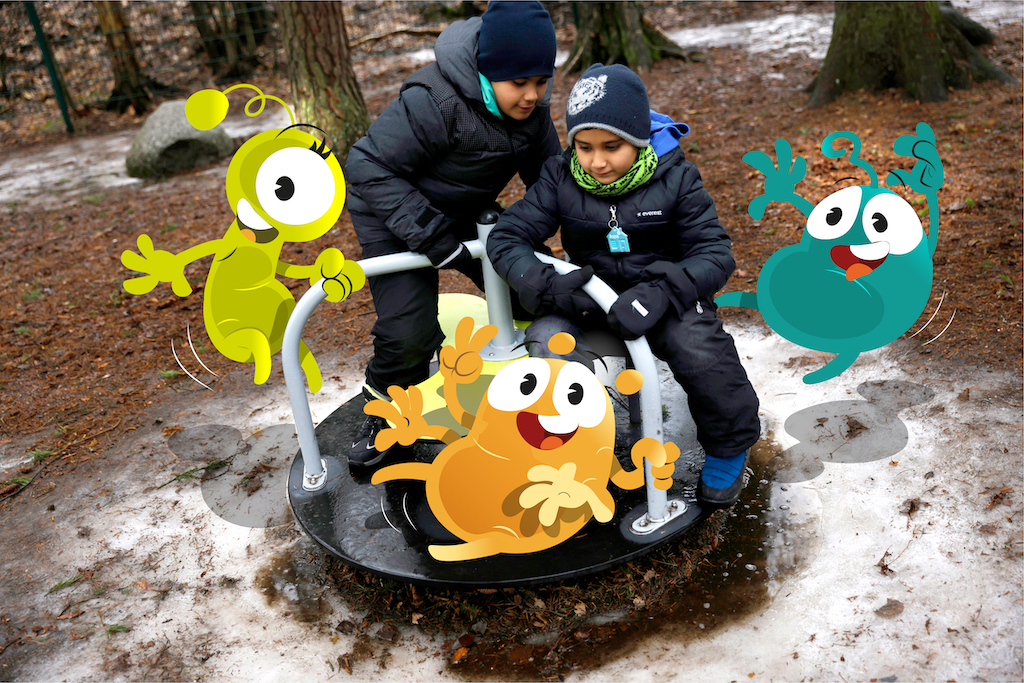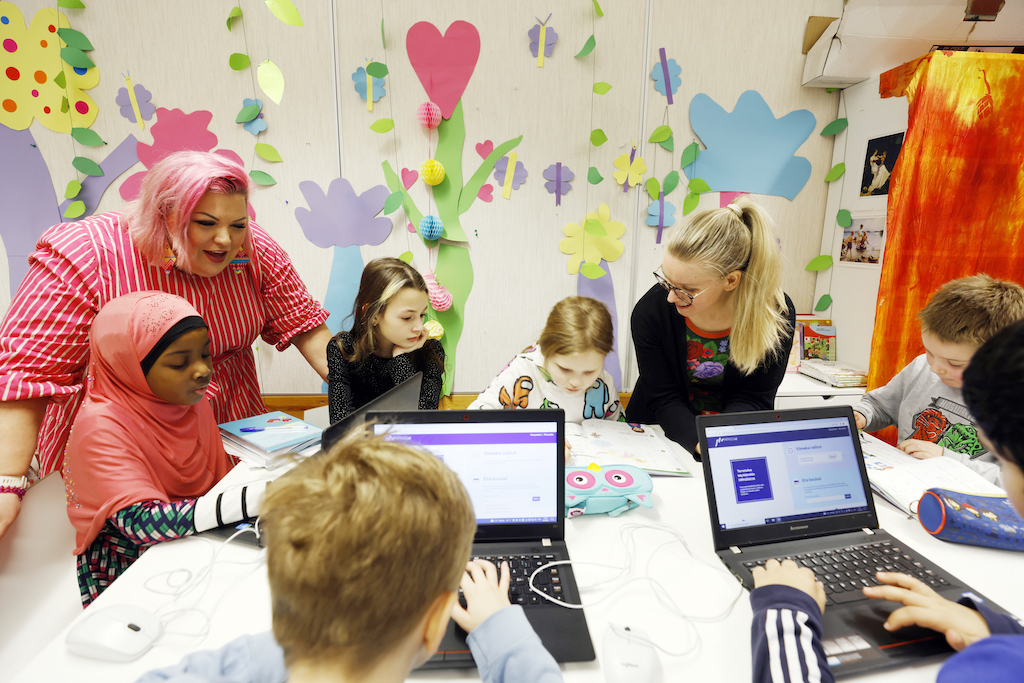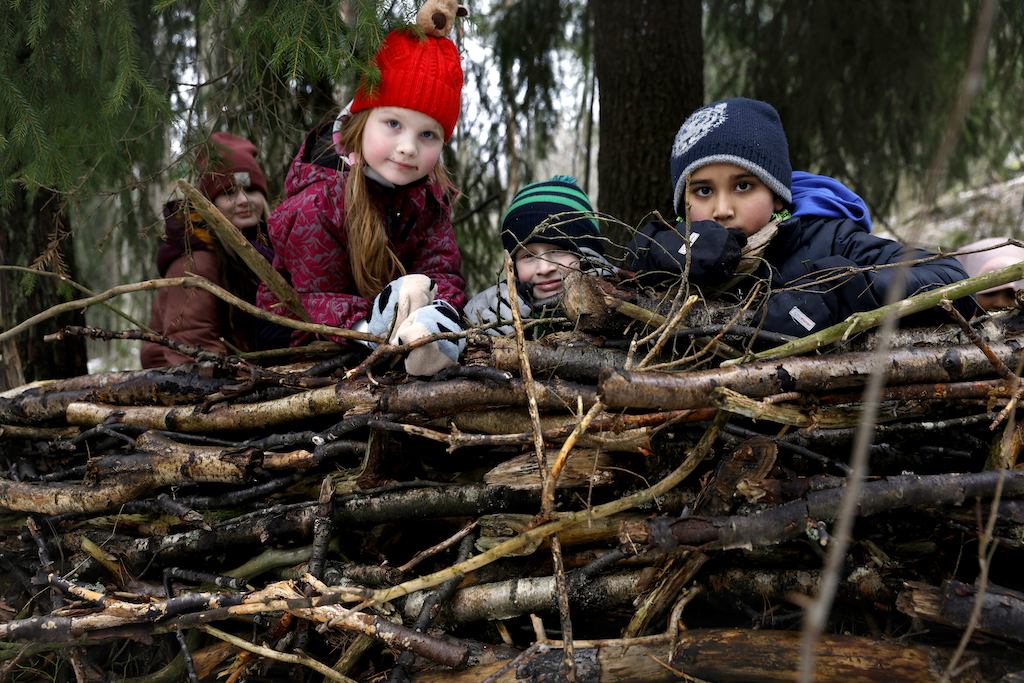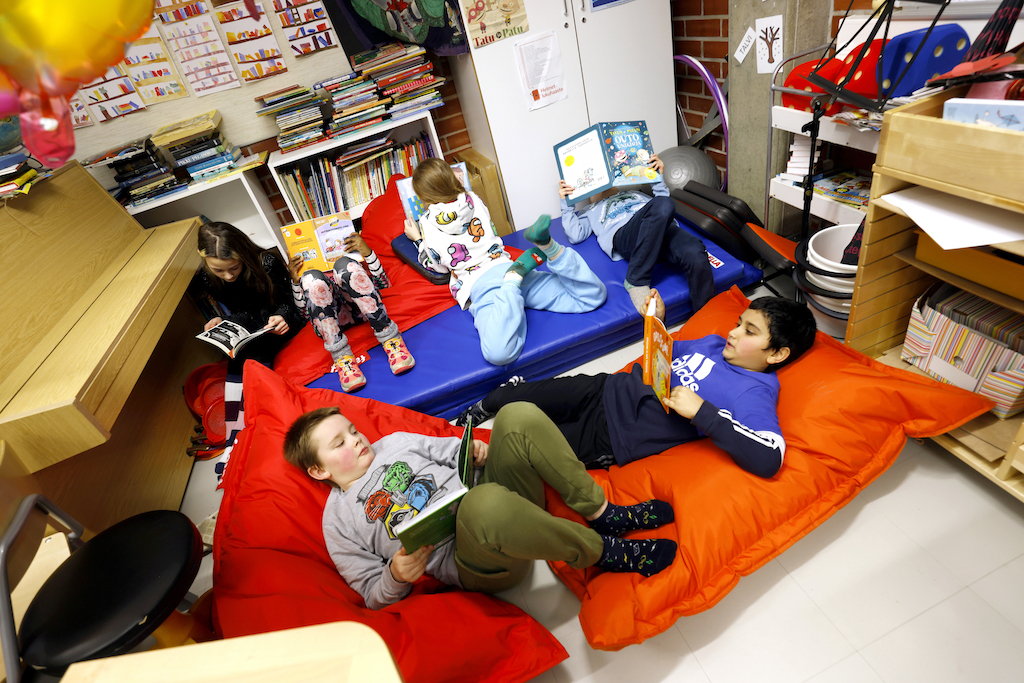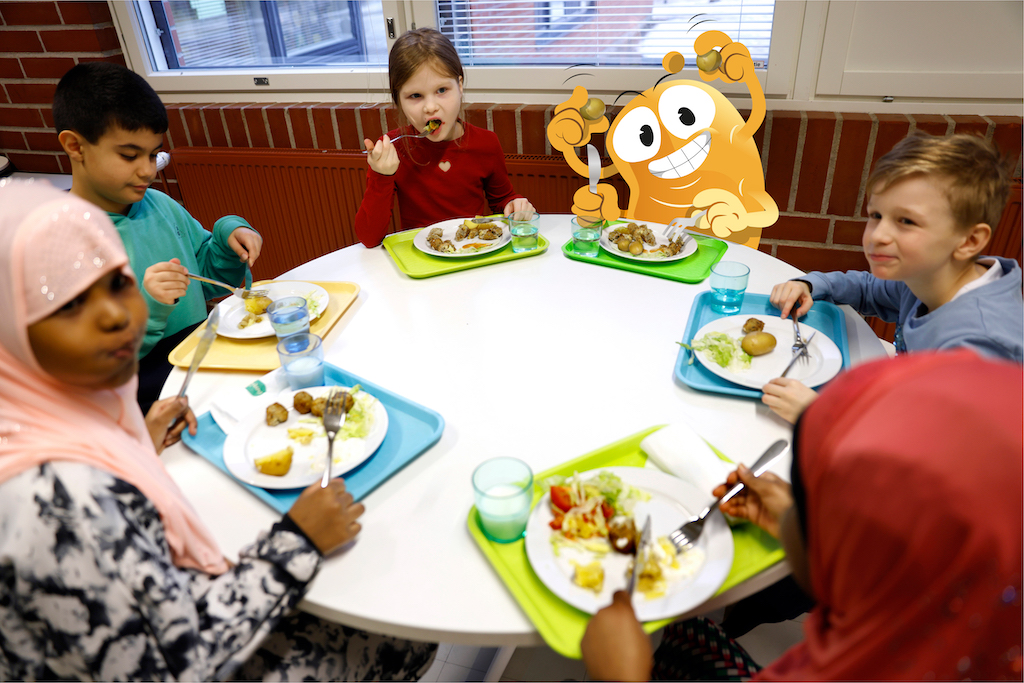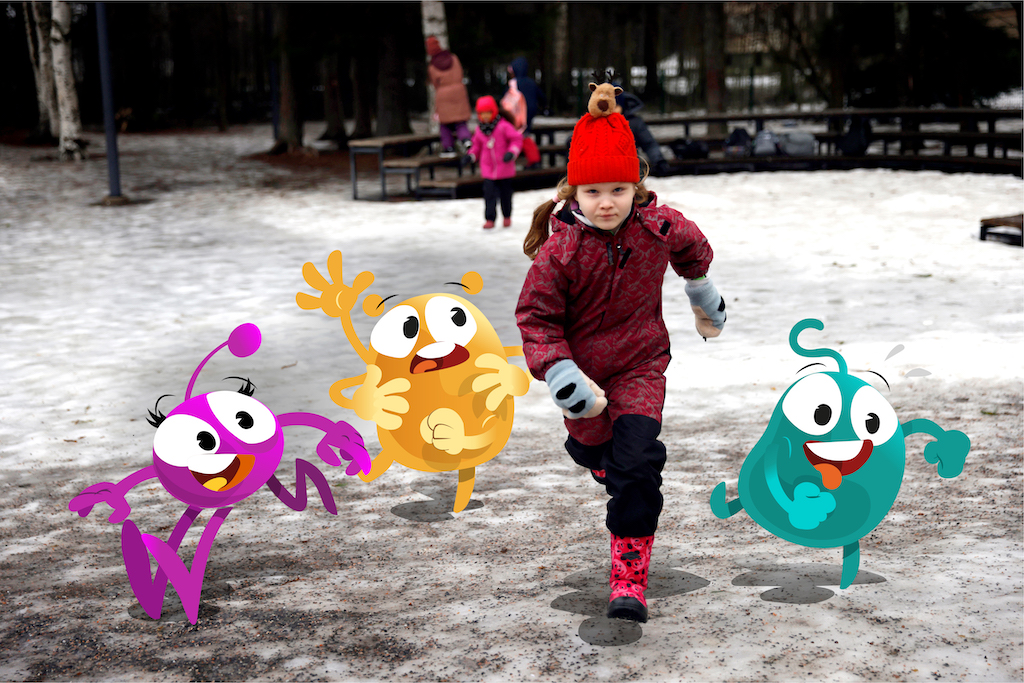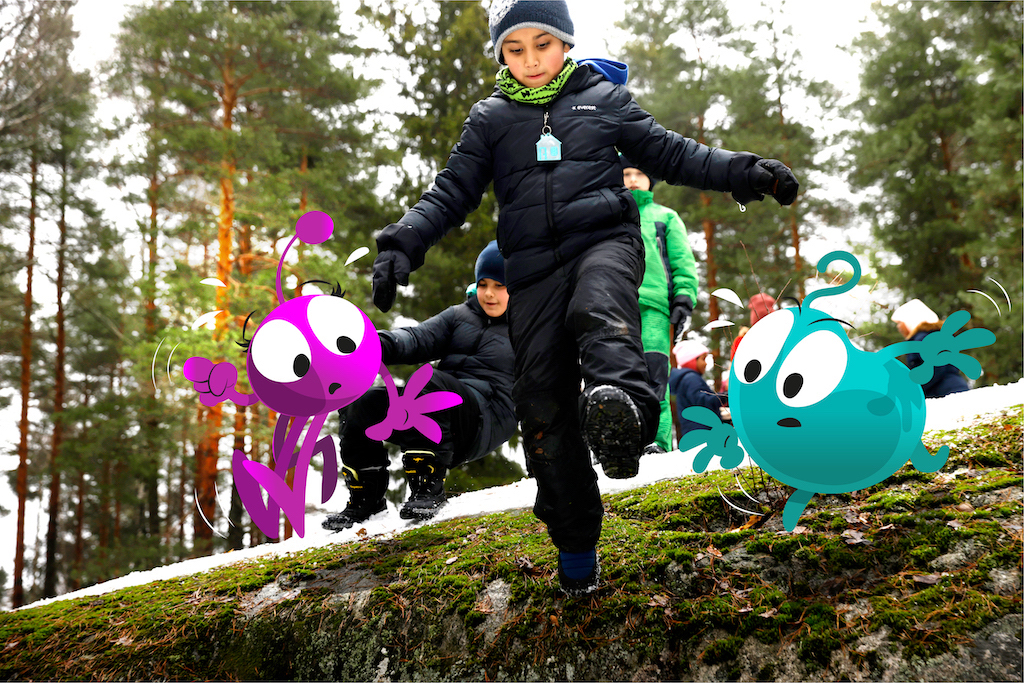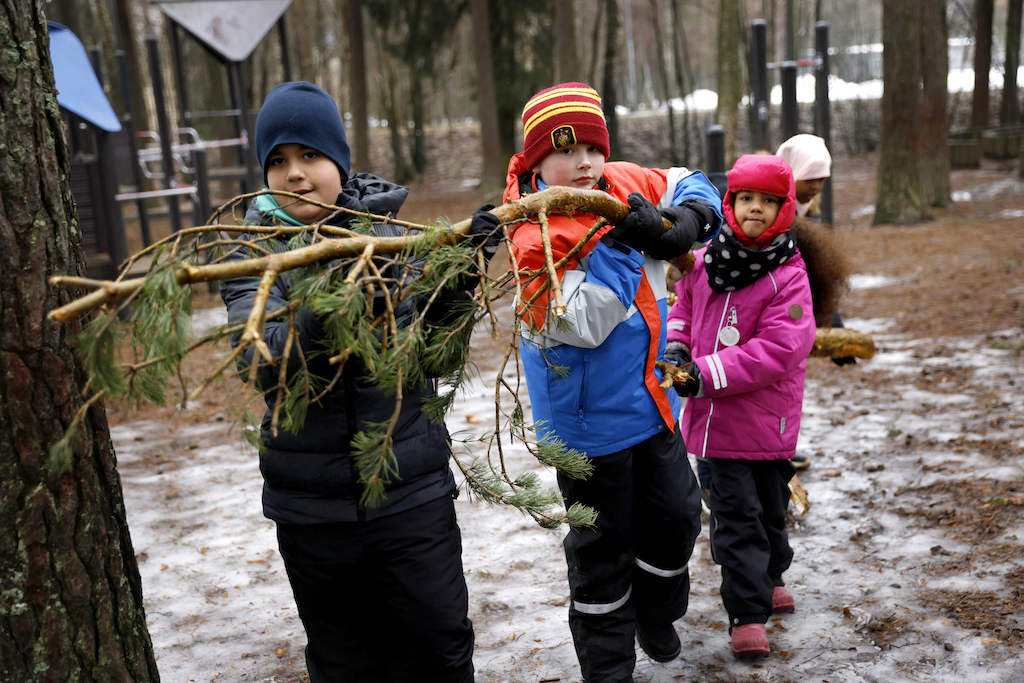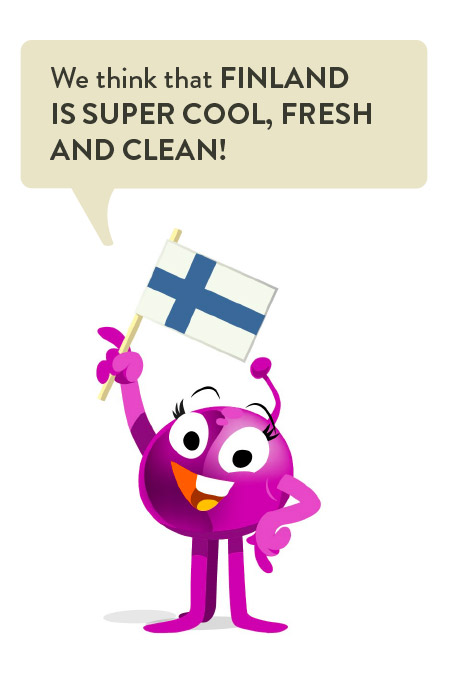Early childhood education and care for younger children is an important part of the Finnish education system. The first few years of life are seen as a significant stage in a person’s growth and learning.
In Finland, early childhood education and care covers the years from infancy to the start of basic education. It promotes equality and non-discrimination among children, and prevents social exclusion. Early childhood education and care also supports parents’ educational work and allows them to work and study. In Finland, early childhood education and care is very affordable for families. The price varies depending on the parents’ income – from being completely free of charge to a few hundred euros per month.
Preschool education is free, and is given to children in the year preceding their compulsory education. Recently, many municipalities have also been running a two-year preschool experiment to promote equal access to education. Preschool education respects a child’s interests and uses early childhood pedagogy. Preschool days are short, just like school days for younger students. After preschool, children can spend the rest of the day in safe early childhood care, for which a small fee may be charged.
Together, early childhood education, preschool education and basic education form a systematic and cohesive learning path and a solid foundation for lifelong learning.
DID YOU KNOW?
Activities for children aged 0–6 mainly revolve around play and creativity! More school-like work will begin at the age of six at the earliest, but even then, teaching is built around themes and working methods that will interest children!






